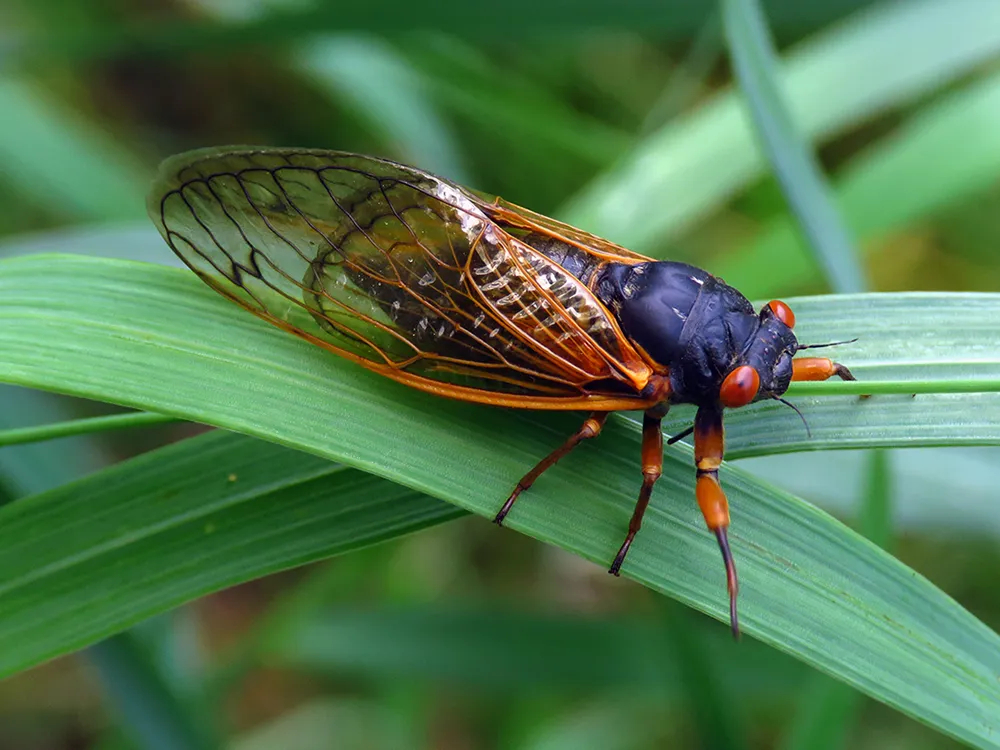What makes Brood X cicadas different from other cicadas is that they are periodical insects, they feed on plant fluids both below and above ground, and are the largest brood of 17-year cicadas. Brood X are found mainly in Indiana, Tennessee, Pennsylvania, and northern Virginia.
During their 17 years underground,Brood X cicadas go through five stages of development. When these cicadas finally become adults, the males come out and begin to mate. After mating, female cicadas end up laying around 500 eggs and die after mating. adult cicadas die soon after mating and fertilize the soil near the trees where their nymphs will feed and grow. These eggs are laid in trees and hatched six weeks later as nymphs that land on the ground and burrow there for the next 17 years until the next cycle. Usually they stay underground for 17 years but sometimes there are “straggler” cicadas which come out after 13 or 21 years. “There are currently 12 broods of 17-year cicadas and 3 broods of 13-year cicadas. The 13-year cicadas are not found near D.C. Two broods have gone extinct (one near Connecticut and one in Florida). The broods have migrated northward since the last ice age.”
Since these cicadas emerge every 17 years in large quantities, predators such as birds, racoons, opossums, foxes, mice, shrews, frogs, toads, turtles, and fish, are able to get their share of food. This relationship is a survival strategy called prey satiation, this occurs because there are more cicadas than combined predators can physically eat.
“[The many animals coming out to] eat cicadas and the emergence of brood X is a grand feast for the animal world. Studies have shown that some birds have larger clutch sizes during the years periodical cicadas emerge.”
Although the large quantities of cicadas emerging from the ground and seeming relatively harmless, they harm the environment in a couple ways. Firstly, because female cicadas lay their eggs in trees, young trees’ branches are negatively affected. Therefore, this Spring 2021, and every Spring every 17 years after is not the best time to plant young trees.
What most people take away from cicadas are the loud screeching noises that come along with them. It is important to note that only male cicadas use an organ known as a tympanic membrane that is placed on both sides of their body near the base of their wings. Males use this organ to “sing” and call to attract females, then females show they are accepting by making a clicking sound with their wings. “Male cicadas produce the loudest sounds in the insect world. Entomologists believe that the sound protects these insects by hurting predators’ ears.”
This summer, do not be scared of the large amount of cicadas flying around. Brood X cicadas do not sting or bite, are relatively harmless, and if eaten will not cause any problems unless you have a shellfish allergy!

